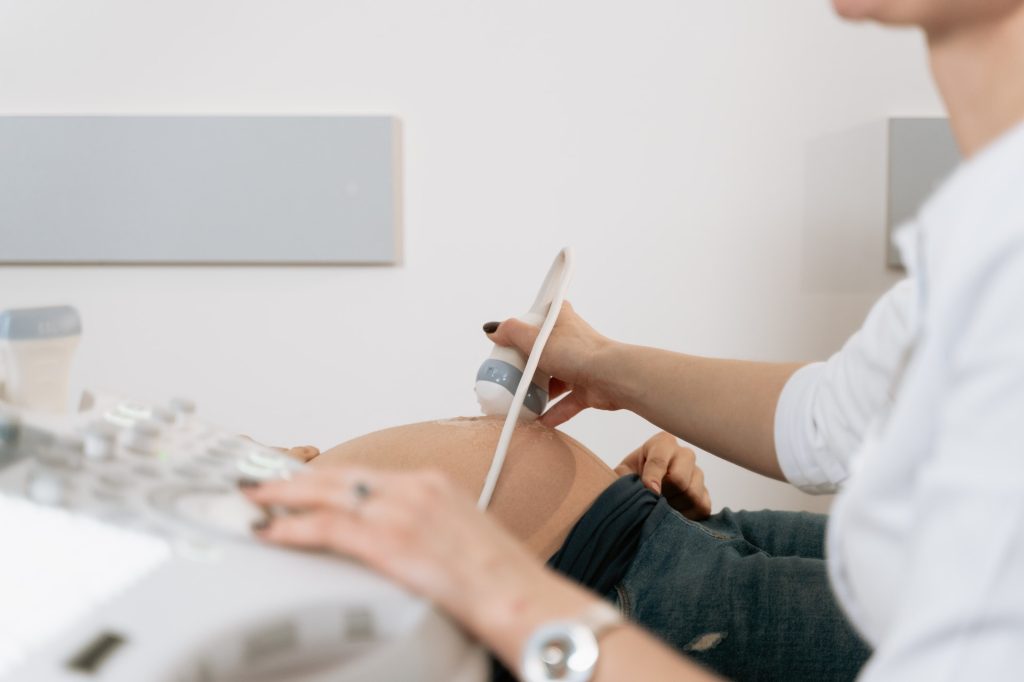Many Hysterectomies Could be Avoided

Adenomyosis, a cause of painful menstrual cramps and heavy bleeding, is more common than generally appreciated, and many hysterectomies could be avoided with alternative treatment, suggests a review of the literature published in JAMA Network.
Adenomyosis is a gynaecologic condition characterised by ectopic endometrial tissue within the uterine myometrium. Up to a third of all women have adenomyosis, which should be considered in the differential diagnosis of abnormal uterine bleeding and/or pelvic pain, the researchers noted. It is considered a common uterine condition, but often goes undiagnosed until it results in a hysterectomy.
However, the findings suggest that surgery may be preventable for some women. The researchers identified a range of medical therapies and uterine-sparing procedures that can alleviate symptoms without resorting to hysterectomy.
“Many women come to me and say the only solution they’ve ever been offered is a hysterectomy. Other low-cost, low-risk options such as medical management or less invasive options have existed for more than 20 years,” said lead author Kimberly A Kho, MD.
Modern ultrasound and MRI imaging, combined with a pelvic examination, can often spot the condition, she added. Dr Kho and colleagues encouraged greater awareness of this condition – along with endometriosis – including among school nurses, who are frequently the first contact for young women who begin menstruating. Society may inaccurately teach women that heavy bleeding and pain during periods are normal, but these symptoms can worsen if left untreated, leading to lower quality of life, pain in sexual intercourse, and fertility problems.
“Physicians often consider adenomyosis to be a condition of women in their 40s and 50s because that’s when they have their uteruses removed and receive a diagnosis, but it develops much earlier,” said Dr Kho. “Improved clinical awareness is needed to ensure appropriate patient care and encourage additional studies to improve the understanding of adenomyosis.”
Though there are no FDA-approved therapies specifically indicated for treating adenomyosis, the condition can still be managed by using medications developed for contraception, or for symptoms such as fibroids or endometriosis. The authors noted the need for further research, including what ages and ethnicities are most commonly affected, and what could be learned from the condition about uterine cancers.
Source: UT Southwestern Medical Center



